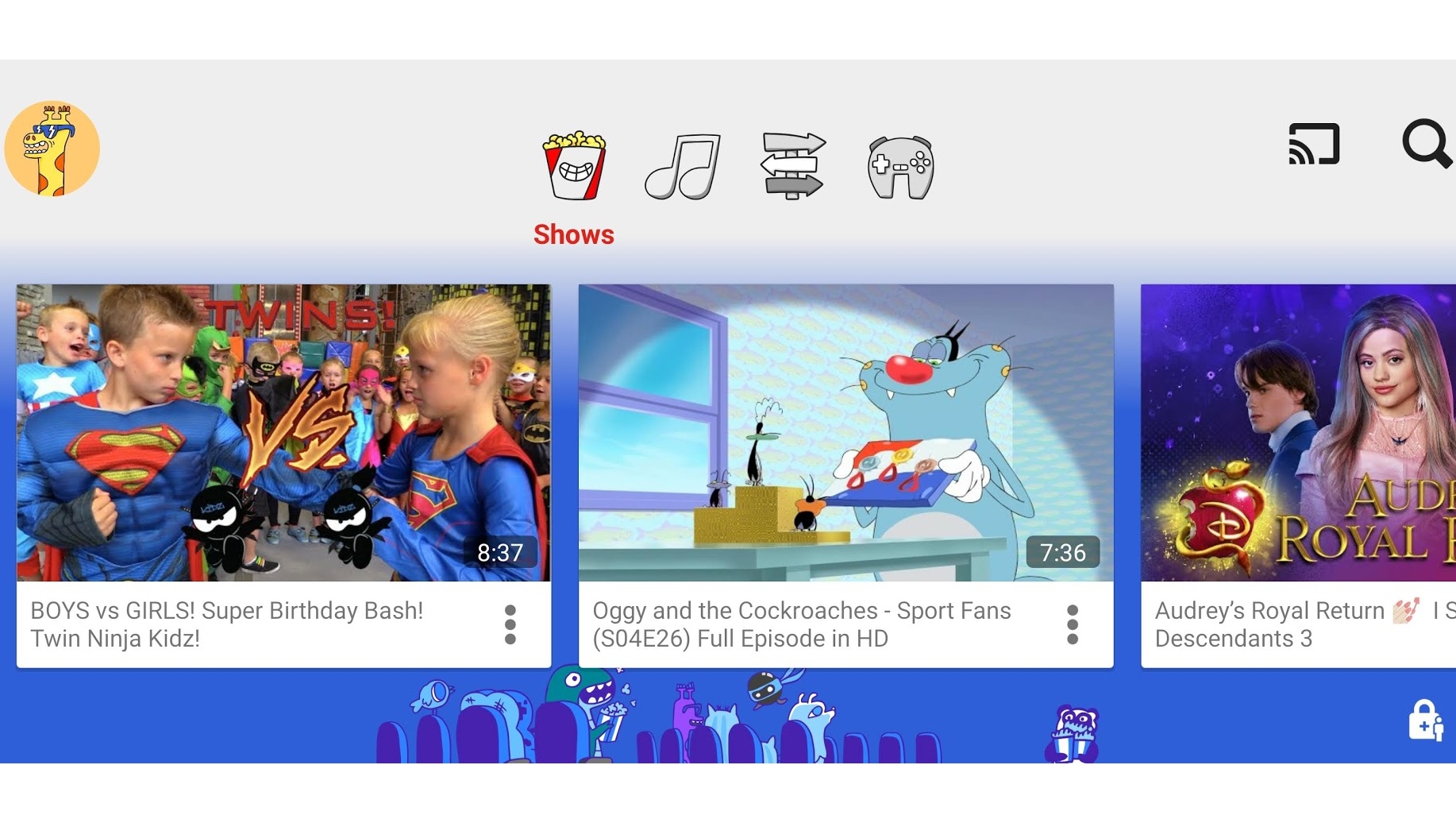Google should heed the wise words of Spider-Man’s Uncle Ben: with great power comes great responsibility. As arguably the most influential company on the internet, thanks to its search engine, Chrome browser and YouTube video sharing site, Google has a duty of care for kids and teens who use its services when online.
The company has been rolling out parental control features, such Family Link, along with dedicated apps such as YouTube Kids, but the harsh truth is that children are still accessing inappropriate content, either deliberately or by accident, and they are doing this through Google’s products.
- Best free parental control software in 2021
- How to use Family Safety parental controls in Windows 10
- We show you how to set up Chromebook parental controls
So, it’s welcome that Google is outlining its plans to improve this with a blog post titled “Giving kids and teens a safer experience online.”
This includes new tools that allow people under 18, or their parent or guardian, to request their images are removed from Google Image results. Having your image posted online without your consent can be extremely distressing, so this move will at least make it harder for people to view and share those images.
Meanwhile, YouTube, possibly Google’s most popular service when it comes to kids and teens, is changing the default upload setting available for teens aged 13-17 so they are now the “most private option available”. Google also promises that it will “more prominently surface digital wellbeing features, and provide safeguards and education about commercial content.”
SafeSearch in Google will now be enabled by default for people under 18 – as long as they sign in. SafeSearch will also be coming to smart displays that use Google, and the Google Assistant will also be tweaked to help prevent inappropriate content from being shared – though Google is rather vague on the specifics about this.
Adverts across the internet, and apps in the Play Store, are also getting worked on to ensure they are appropriate for the age of the user.
Good, but not enough
These changes are a good start, but in our view they still don’t go far enough, and in some cases still don’t address many of our concerns.
For example, while allowing under 18s to request the removal of their images from Google Image results, this won’t remove the images from the internet – it just means they shouldn’t appear in Image search results. Presumably, any sites hosting the images will remain up, and could even be found via a standard Google search. While Google can’t dictate what websites host, it can be more aggressive with penalising sites or hosting companies that publish those images.
Putting the onus on children or guardians to find and flag their images may also be a very upsetting experience.
We spoke to security specialists and industry experts about Google’s latest announcements, and they appear to be unimpressed.
“Charities and Administrations have been advocating and providing most of these ‘new’ measures for quite some time,” Brian Higgins, security specialist at Comparitech, told us.
“There is now clearly enough of a business case for Google to accept that they should have been doing all of this and much more. None of the ideas here are new, they just cost money and impact on Google’s ability to gather data and target advertising which is why it’s taken them so long to implement any of them.”
Walking the tightrope

As for YouTube, making default upload settings more private for teens aged 13-17 doesn’t address many parents’ concerns about the video sharing site. For a start, allowing 13 year olds to upload videos at all is a bit worrying, and any tech savvy teen (which is pretty much all of them) will easily change the default sharing settings.
But what about unsuitable content that still crops up in videos that are seemingly flagged as for children? There are seemingly kid-friendly videos that contain violence or inappropriate language (as reported by the New York Times), which can still all too easily be found by children.
Nothing in Google’s announcement seems to address that and while it does have YouTube Kids (although that has issues with an unstoppable autoplay), as well as constantly removing disturbing videos that feature child-specific themes, the fact is that the onus still remains on parents to monitor their children's content in its entirety.
As for turning SafeSearch on by default for under 18s, that’s a bold move, but it requires users to be signed in. Many people will use Google without ever signing in, so this option won’t make much of a difference.
To be fair to Google, it has to walk a careful line between limiting what children see online, and censoring websites. Many people worry about Google’s power over the internet as it is, so the company won’t want to be seen to be overreaching.
However, there is a problem with children and teens having access to inappropriate content and as the world's biggest search provider, Google will always be in the firing line over its plans to stop it.
We’ve contacted Google with these points raised, and will update this article when we hear back.
- Looking for something to watch? These are the best family-friendly movies in eye-popping 4K
August 11, 2021 at 01:06PM from TechRadar - All the latest technology news https://ift.tt/3fTgEPy
via IFTTT

No comments:
Post a Comment